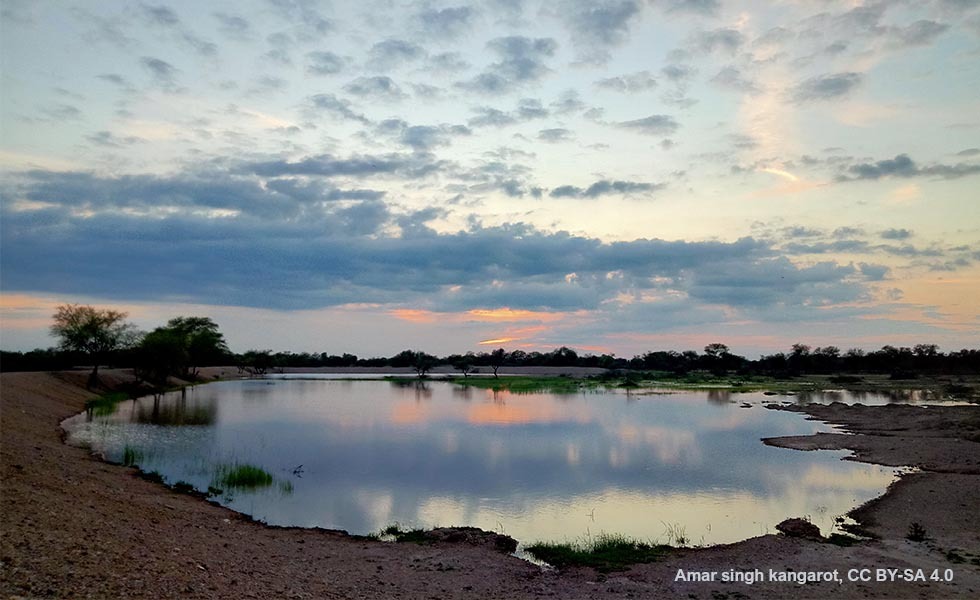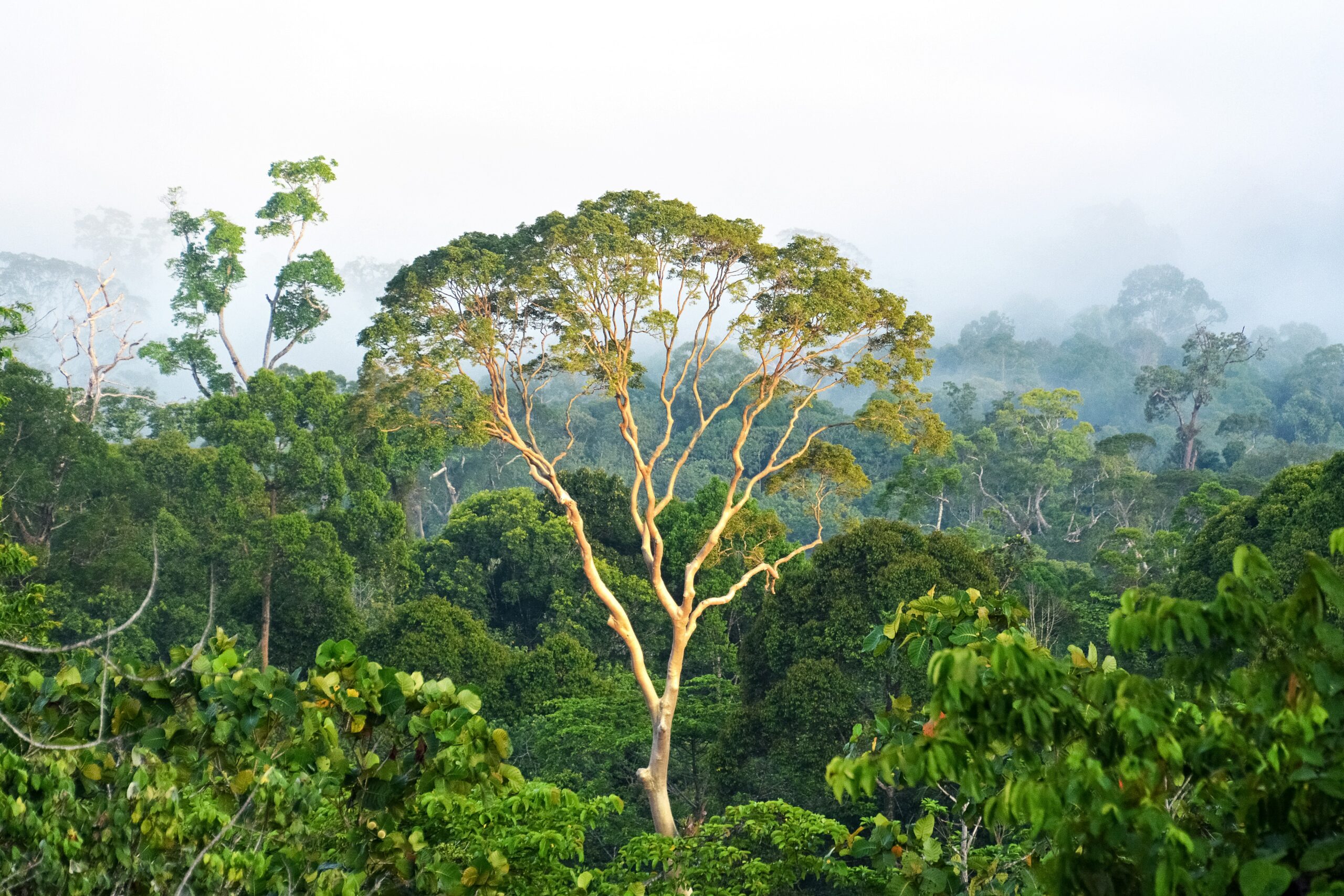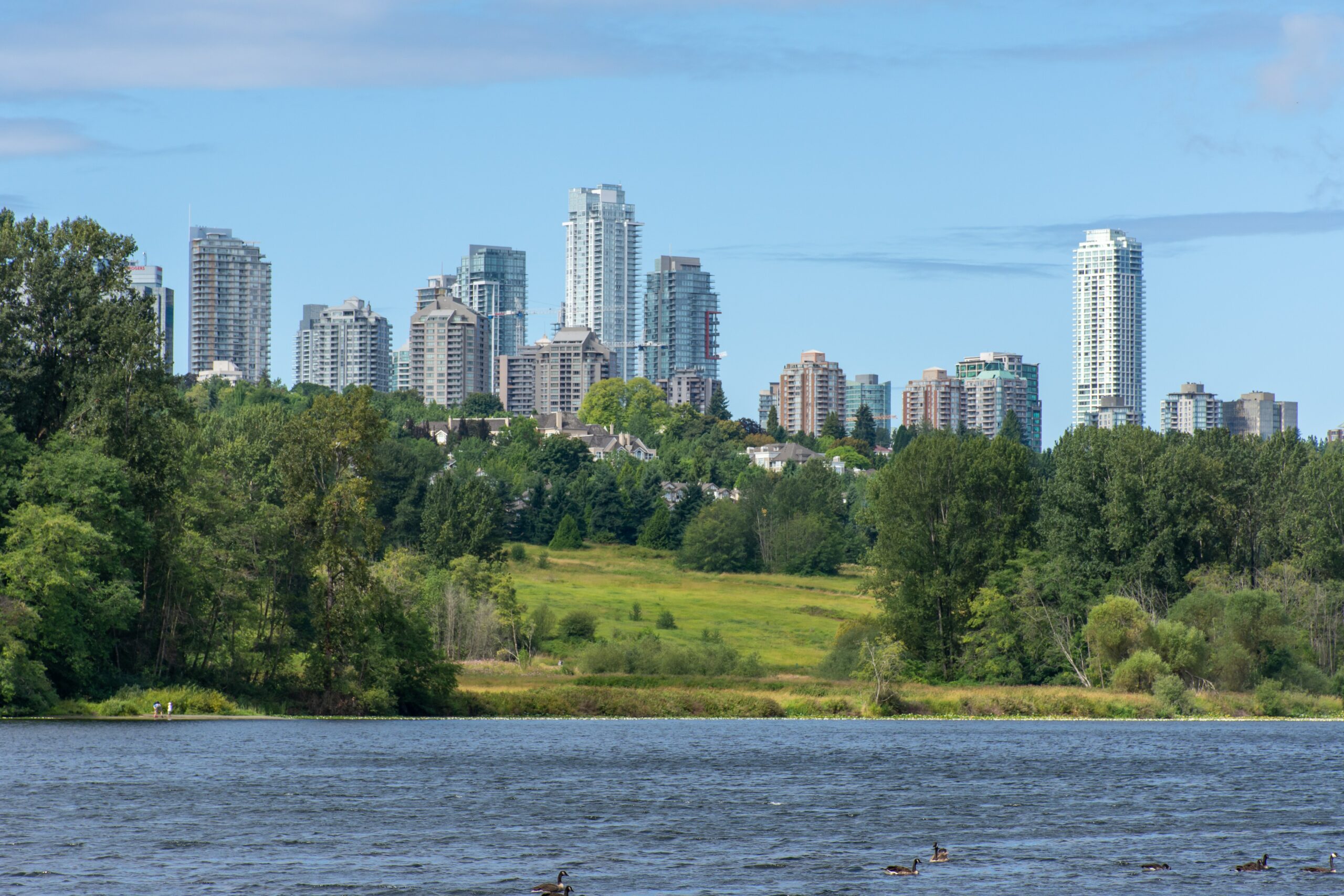3 ways our land use can help protect ‘hidden’ groundwater
Whatever we do on the land affects groundwater – and underground sources face greater pressure than ever from human activity. Here’s how, by making better decisions about land use, we can address the water stress that may be hardest to see.
Groundwater is precious. It is the lifeblood of the environment. Groundwater is the water stored within soil and rocks underground, and in some rural areas,, people rely on it as their only source of water. Groundwater is often cleaner than surface water.
But it is also vulnerable to pollution, and there is growing pressure on this ‘hidden’ resource, as we strip the land of vital vegetation such as forests and ground cover, intensify our farming practices and expand our cities. There is clear evidence that what we do above ground can have grave consequences for the water beneath our feet. Here are three ways we can restore a healthy balance between the two.
1. Returning to traditional farming methods

Large-scale farming designed to feed the world and combat global hunger has had long-term consequences for the land and people. The high yield mono-crops of the “Green Revolution” improved countless lives, but put pressure on groundwater. Many crops were water intensive, and irrigation depleted groundwater. Agrochemicals ran off from degraded soil and were absorbed into the ground, polluting groundwater. In the words of Rajendra Singh, winner of the Stockholm Water Prize, “The Green Revolution has filled our stomachs but emptied the aquifers.”
Dr Singh, who is also known as The Waterman, was working as an Ayurvedic doctor in rural Rajasthan where older people were suffering from health problems because of lack of access to water. An elder showed him how to recharge groundwater using traditional techniques that had been lost during colonial times, by using a “johad” – a traditional check dam that can be built by villagers to hold and store infrequent monsoon rains, reduce unsustainable irrigation, and return water to the ground.
The Waterman has helped communities build thousands of johads in villages across India – using traditional techniques to revive water bodies and regreen land that has been degraded through large scale agricultural practices. He says communities – not companies – have the answer to restoring aquifers.
2. Planting trees offers benefits – above and below ground

The Green Revolution may be over, but we are not out of the woods yet. Changes in land use, including deforestation, continue to have a negative effect on groundwater. Deforestation leads to the depletion of the water table. When soil is healthy, water is gradually absorbed into the earth, replenishing groundwater. However, when trees and roots are cut, water runs off the surface more quickly and the soil is unable to absorb the flowing water.
Trees and roots stabilise soil. Extreme examples such as the 1930s Dust Bowl drought in the United States reveal what can happen when land is unsustainably ploughed, drought strikes, and there’s nothing to hold down soil. Present-day global warming has the potential to cause more frequent and longer heatwaves, and scientists from around the world have warned that dust bowl conditions are now two and half times as likely because of climate change.
Regenerative agroforestry is an approach to land use that reclaims pasture land and returns it to the forest. Last year, for the first time, a comprehensive global guide was published,in which the UN’s Food and Agriculture Organization (FAO), emphasized the vital contribution of forests in a holistic approach to water resource management.
One example, in Madagascar, shows how depleted groundwater sources can be restored. With support from the World Wide Fund for Nature (WWF), community-based organization Madiorano Mahomby planted nearly 60,000 native tree seedlings in just two years. Close to 175 hectares of forest have been restored and regenerated, leading to three previously dry springs around the village once more providing water to local communities.
3. Smart, green cities save water

As cities expand, the way we use urban land can also have a dramatic impact on groundwater. Unmanaged urbanization has negative impacts on water, ranging from water depletion to unregulated digging of boreholes leading to over-extraction and saline intrusion. With the UN predicting that by 2050, around 2.5 billion more people will be living in cities, it’s vital that cities plan for sustainable water management, to build resilience in a fast-changing world.
One way to make future cities more water-secure is to create “green veins” that use land unsuitable for development to create connections between nature reserves and open spaces.
The Mavisehir Peynircioglu Stream Ecological Corridor in Izmir, Turkey, is one example where nature-based solutions have been deployed to reconnect the city with nature. Along with a host of benefits for people and the environment – including water-wise urban farming – the new corridor is designed to capture 165 tonnes of water per year through sustainable drainage systems. Permeable surfaces were incorporated instead of concrete, from ‘green’ pavements to adding vegetation to vertical walls and riverbanks. This improves permeability and water retention, helping to prevent flash floods during heavy rains. All of these elements help in allowing a more natural, slow water cycle where groundwater can be sustainably replenished.